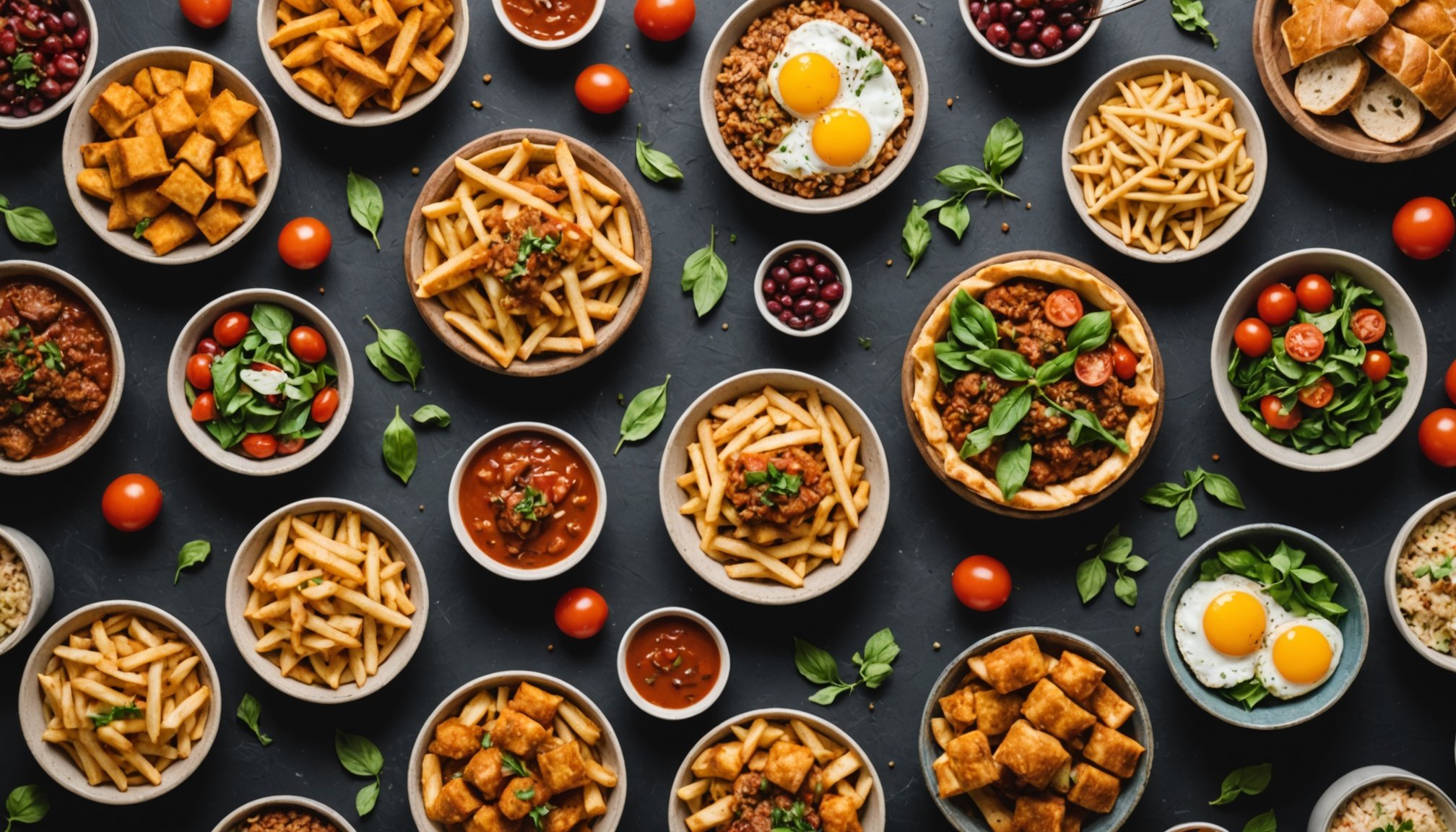Overview of User-Generated Content in Food Delivery Industry
User-generated content (UGC) refers to any form of content, like text, posts, images, videos, and reviews, created by consumers rather than brands. For food delivery brands, UGC is crucial as it enhances authenticity and forms a connection with potential customers. In the UK, food delivery brands have leveraged UGC on Twitter to boost their visibility and build trust with their audience.
An overview of the current landscape reveals that UK food delivery brands are increasingly relying on UGC to drive Twitter engagement. Brands encourage customers to share their dining experiences, complete with images and reviews, creating a community of food lovers who interact with both the brand and one another. This interaction not only elevates brand visibility but also enhances consumer trust, as potential customers see real people endorsing the service.
Have you seen this : Generate video scripts instantly with ai's magic touch
The impact of user-generated content on brand visibility is notable. When consumers engage with and amplify content on platforms like Twitter, it broadens the reach of the brand organically. Trust is further solidified as potential customers witness genuine interactions and feedback from peers. This cycle of engagement contributes to a positive loop of increased visibility and deepened consumer trust, benefiting food delivery brands immensely.
Creative Tactics to Encourage Customer Participation
In the food delivery sector, engaging customer participation effectively can elevate brand presence and loyalty.
In parallel : Unlocking B2B Revenue: Mastering LinkedIn Tactics for UK Home Security Companies
Leveraging Interactive Contests and Challenges
Interactive contests are a dynamic way to connect with food lovers. Brands might design challenges that ask customers to share their most creative meal presentation, rewarding creativity with prizes. For instance, a challenge around plating a dish creatively could invite numerous submissions, fostering community spirit.
Utilizing Compelling Hashtags
Creating memorable hashtags is crucial. A hashtag like #MyFoodMoment can be catchy and straightforward, streamlining user participation. Case studies reveal that simple, open-ended hashtags often yield the best results, encouraging wide participation without restrictive guidelines.
Engaging with Customers Through Polls and Questions
Twitter polls offer a strategic avenue for feedback. Questions like “What’s your favourite cuisine for delivery?” not only spur engagement but also provide insights into customer preferences. Monitoring responses helps businesses make informed decisions about menu offerings, promotions, or service areas to improve overall customer satisfaction. Analyzing this feedback can reveal critical insights into consumer preferences, enabling brands to tailor their offerings effectively.
The Role of Visual Content in User Engagement
Visual content can significantly enhance Twitter marketing efforts for food delivery brands. Encouraging customers to share food photos amplifies the impact of user-generated visuals, driving higher user engagement. Such images capture the authenticity of dining experiences, attracting new customers by showcasing real-life enjoyment of the products.
Encouraging Sharing of Food Photos
To prompt customers to share culinary experiences, brands can offer incentives, such as discounts or feature opportunities. Aligning a visual aesthetic with the brand’s identity encourages consistency across platforms. Genuine images resonate more with audiences than polished advertisements, providing an accessible way for new customers to discover the brand.
Creating Shareable Graphics and Templates
Branded templates for user-generated content can make sharing on social media seamless and appealing. Brands succeeding in this often offer simple design tools or guidelines, boosting participation. For instance, integrating logo or brand colours subtly encourages users to contribute without overwhelming them. Assessing the effectiveness of visual content involves monitoring likes, shares, and comments, which reflect the audience’s connection with the material.
Video Content and Live Streaming
Video content maximizes engagement potential; incorporating users’ footage enhances campaigns. Case studies showcasing successful video content underscore the potency of this medium in the food industry. User interactions with videos provide insights into preferences, helping tailor future strategies effectively.
Measuring Engagement and ROI
When evaluating the success of user-generated content strategies in the food delivery industry, identifying the right engagement metrics and ROI benchmarks is essential. Key Performance Indicators (KPIs) like tweet impressions, retweets, likes, and replies provide a foundational understanding of a brand’s Twitter engagement. Specific metrics such as the number of user-generated visuals shared and hashtag usage frequency are crucial for assessing campaign reach.
For more detailed insights, brands can utilise social media analytics tools. These tools offer comprehensive reports on user interactions and can track engagement boosts following campaign activities. This data enables brands to gauge their Twitter marketing efforts accurately and pinpoint strategies driving the highest engagement.
Decoding this data allows brands to interpret their ROI more precisely. By calculating the engagement brought in by UGC campaigns against costs, brands can identify high-yield strategies.
Furthermore, adjusting strategies based on the performance data is vital. This iterative approach ensures that brands keep aligning their content with consumer preferences, ultimately fostering better consumer relationships and optimising their social media management. Continuous strategy tweaks can significantly enhance customer participation and engagement over time.
Case Studies of Successful Twitter Campaigns
Understanding the success of Twitter campaigns requires examining real-world examples—particularly within the food delivery sector. Numerous case studies highlight innovative strategies that have resonated with audiences in the UK. These campaigns offer valuable insights for emerging brands.
Analysis of Innovative Campaigns in the UK
Many standout campaigns demonstrate creative solutions for engaging users and broadening brand reach. For example, one food delivery brand encouraged users to share their most unforgettable dining moments. This approach not only increased Twitter engagement but also built a community excited to participate.
User Stories and Testimonials
Incorporating customer experiences directly into marketing strategies enriches the sense of authenticity and community. Highlighting testimonials on social media platforms offers dual benefits: it amplifies brand trust and encourages more users to share their experiences organically. Brands can effectively prompt users by creating a streamlined process for sharing stories—such as using easy-to-remember hashtags.
Overall Impact on Brand Growth
These campaign strategies have a positive impact on brand growth, improving both visibility and consumer trust. Evaluations show that sharing authentic user content sustains long-term relationships, creating a cycle of continuous customer engagement. Looking ahead, trends indicate a rise in the integration of user stories and testimonials as essential components of Twitter marketing efforts.











